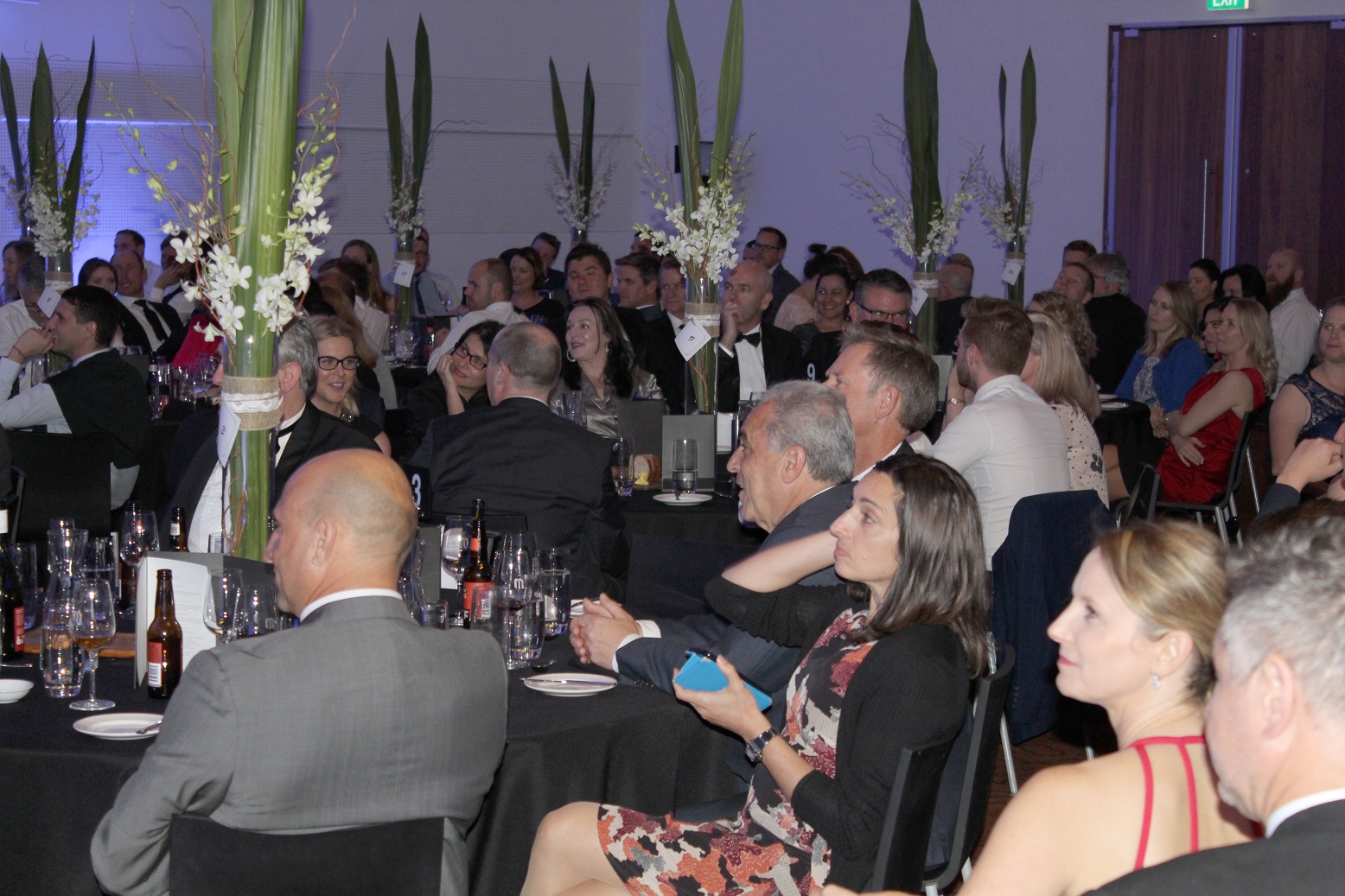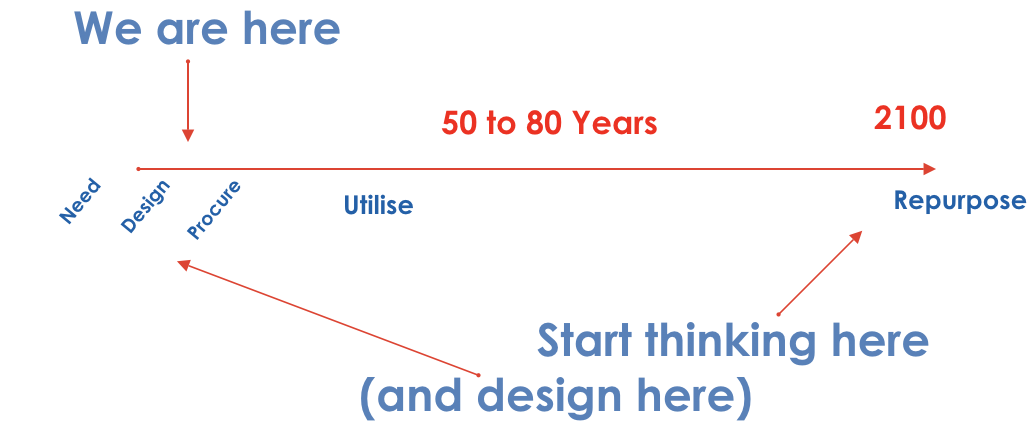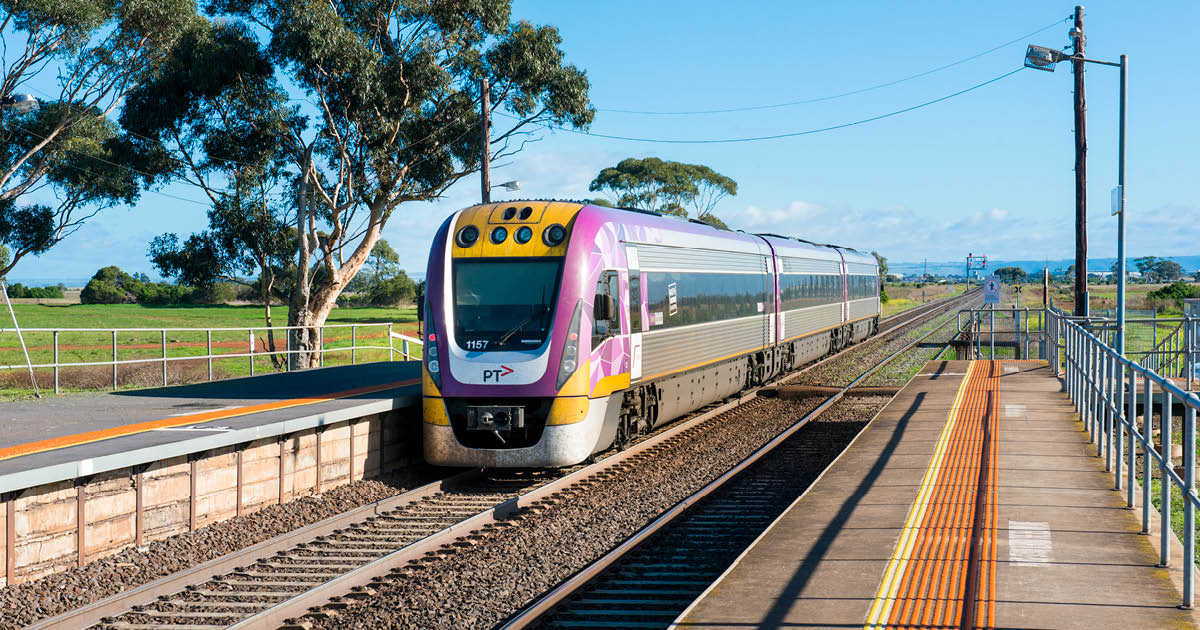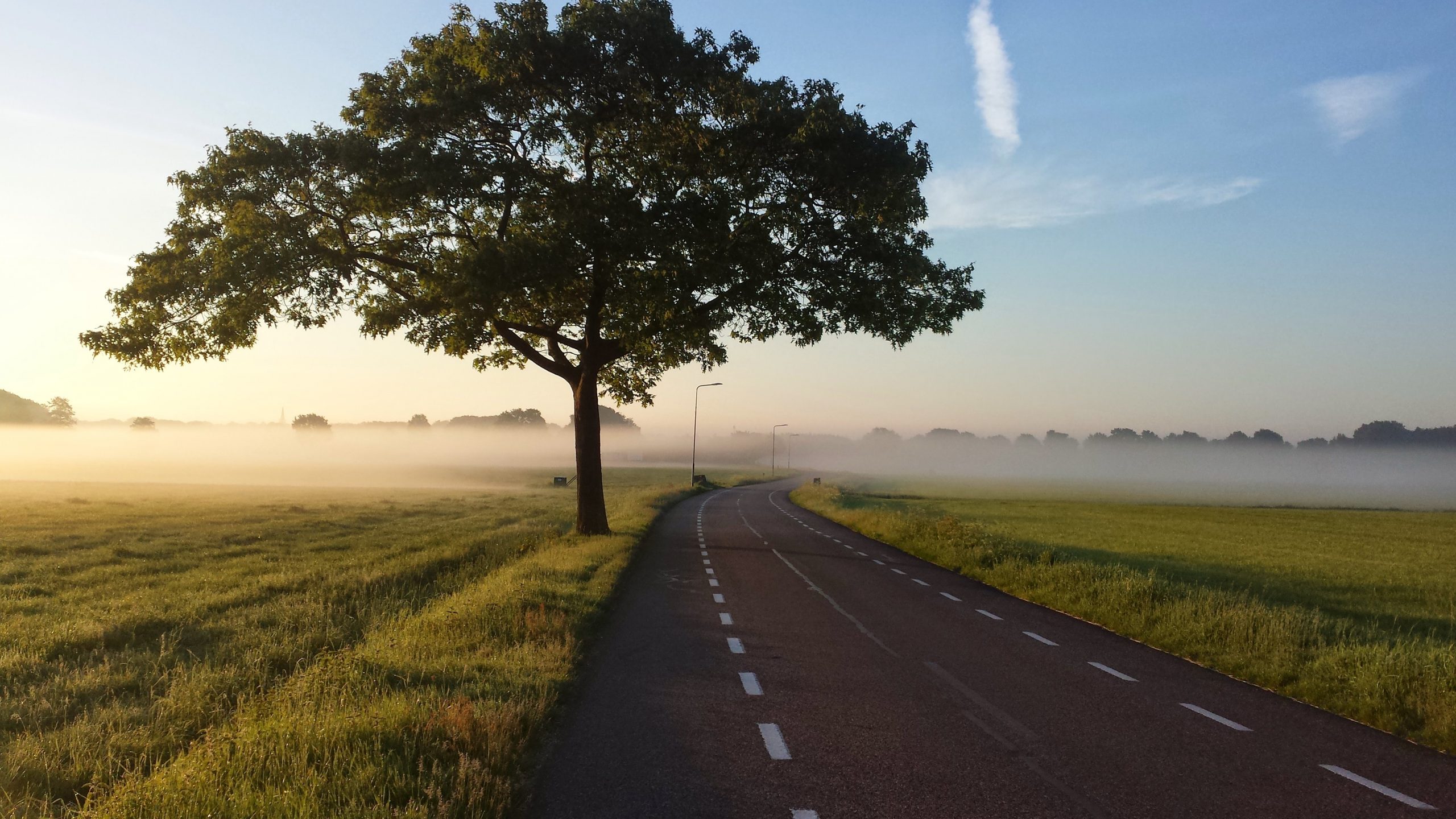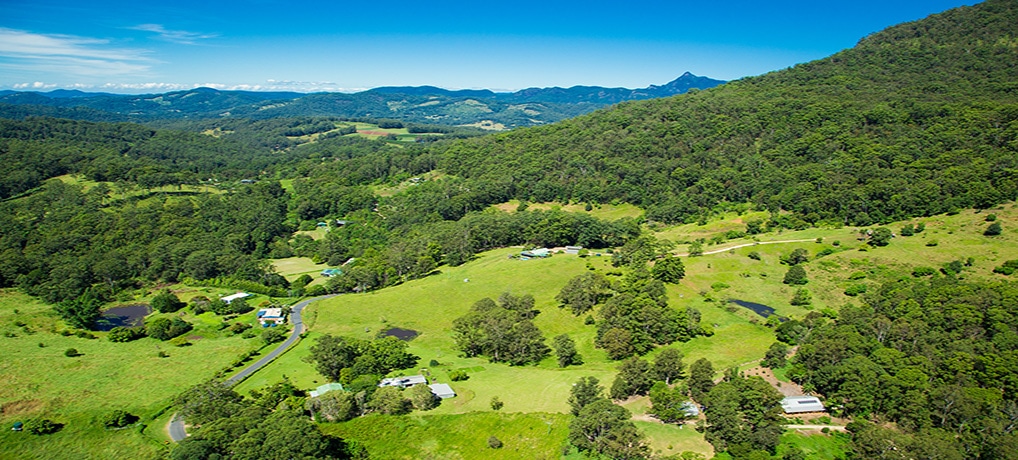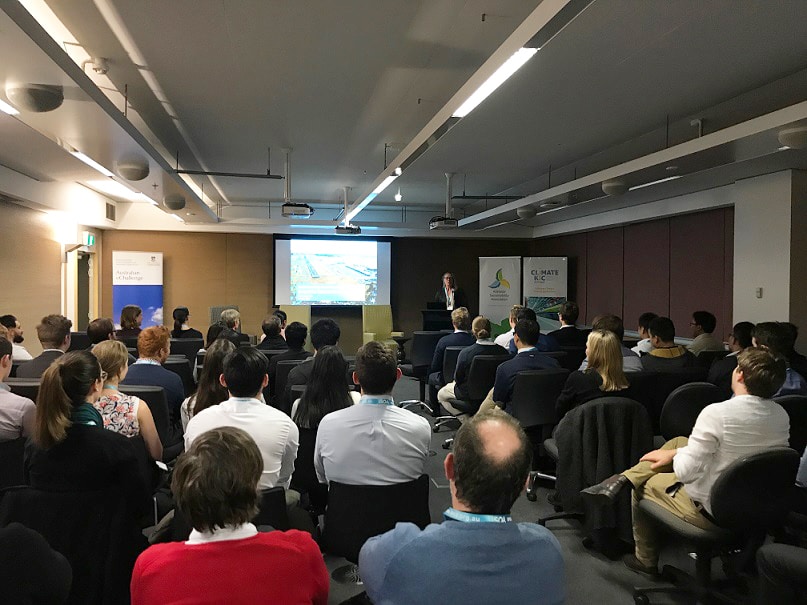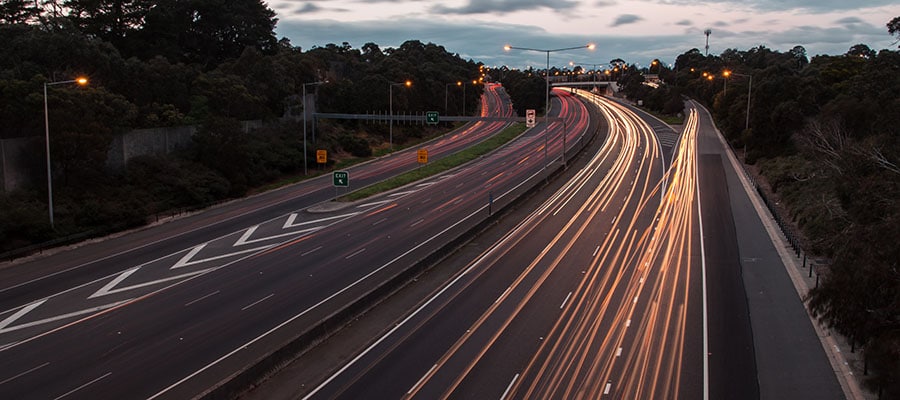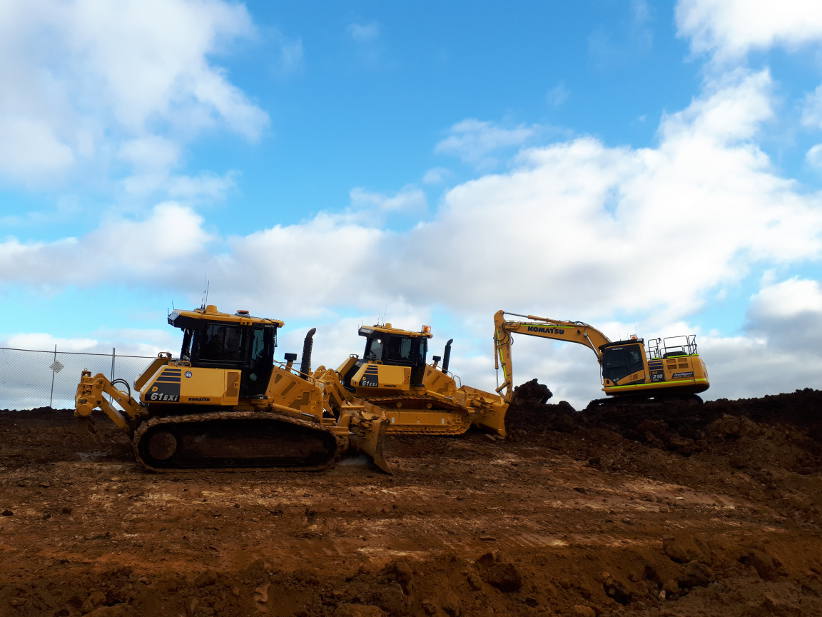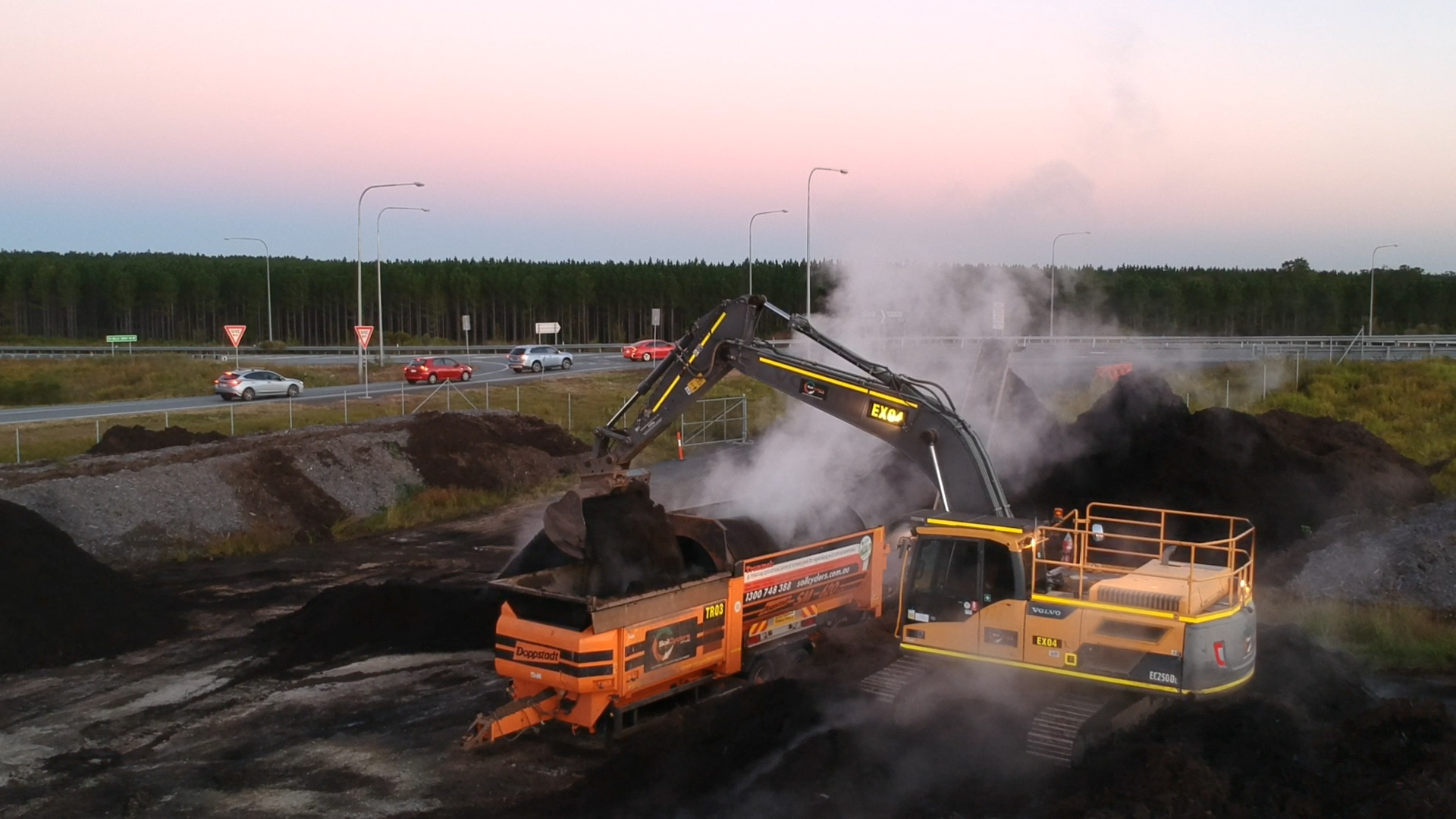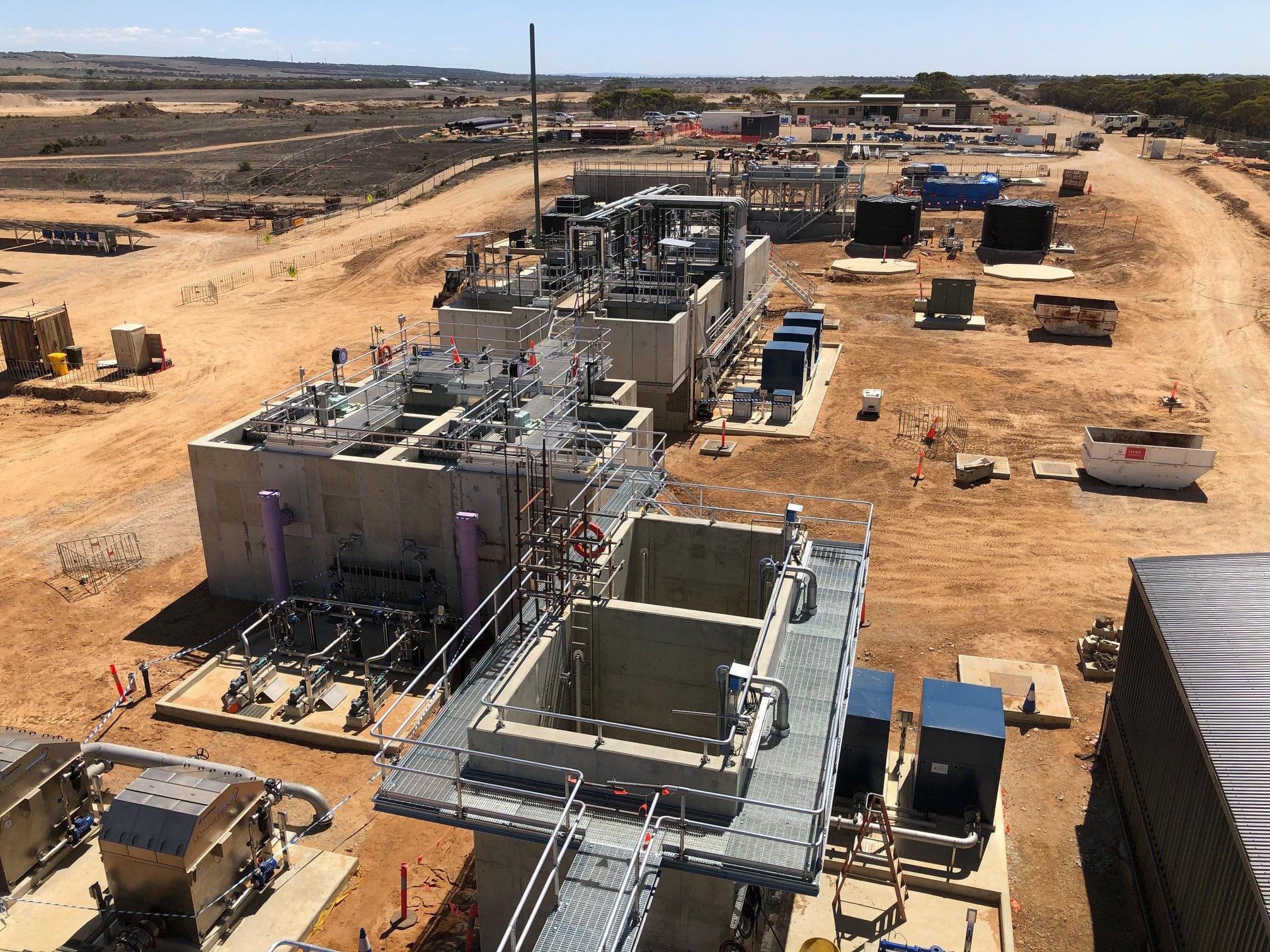Seasons change and so do we. The transition to the Infrastructure Sustainability Council acknowledges our vision and is deeply aligned with our purpose. The impact we enable was central to shaping our new identity. We recognise that we operate in countries other than Australia. We want to honour progress and amplify our ability to accelerate change through collaboration. This means respectfully acknowledging the continued commitment and contributions from our member whānau and stakeholders in Aotearoa New Zealand.
Every season is borne from the ones prior.
This season’s visual shift is bolder and brighter, but intentionally, still recognisable and relatable from our past. Our brand remains anchored in a circle, now with four clear arrows, and all these are symbolic. The circle represents what we do, how we do it and why we do it – because better never stops. It signifies that it’s never too late to start, nor does it matter where you start, only that you get started. It encourages inclusivity, circularity, and resilience.
- What we do ……. Promote continuous improvement, capability building and innovation
- How we do it …… Connect and collaborate inclusively
- Why we do it …… A positive future for people, planet and the economy
The four arrows represent the opportunities associated with infrastructure:
- the quadruple bottom line: governance, economic, environment and social
- the lifecycle of infrastructure: from planning, design, construction into operations
- the types of infrastructure: transport, utility, blue/green and social
- the whole-of-life benefits delivered: cultural, social, environmental, and economic
The IS Council is transitioning from one season to our next. For our industry and nations, now too is the season of change. A succession brought about by external factors and multiple levers of change. Never has there been this level of collective awareness, appetite, and capacity for positive change; this is our decade of opportunity. There is a shift occurring that raises up the importance of legacy and long-term investment; a recognition of the interconnection between past, present, and future and the kinship we have with nature, and one another. In the spirit of progress, there is much to learn. Traditional Owners, Māori, Australian Aboriginal and Torres Strait Islander peoples, have sacred traditions which honour the responsibility for guardianship of the environment, its importance to intergenerational wellbeing, with acceptance that this is a responsibility that must be shared equally. There is a genuine appreciation of the knowledge and sustainable practices of past, and the profound value for the circle of life.
Some things change, some stay the same.
Our passion and values stay the same, and so will the things we stand for – embedding sustainability early; measuring what matters, and valuing what we already have. The IS Rating Scheme will continue to drive global best practice in infrastructure. Our roots will always be proudly Australian; however, we accept that there is more to do, and that our near neighbours also deserve to reap the long-term benefits of sustainable infrastructure for their intergenerational livelihoods.
As we all continue to speak our old name fondly, we will all get used to our new one – the Infrastructure Sustainability Council, the IS Council, or the I-S-C. There are many things that need to shift with this evolution, like the seasons some will be bright, bold, and immediately evident; others will be more gradual. As always, we are listening – if you notice the odd logo or reference out of a place; do let us know.
Whether you identify with 2, 4, 6 seasons or more, it is the time for planting, for investing in your teams, your organisational practices, and our industry, so there will be great harvests to enjoy long into the future.
‘Ka mua, ka muri’ – We walk backwards looking forward to the future.
Let’s welcome this season of change rather than as a new beginning, more as a continuation of our clear and visible past, with a call to arms and accelerated action toward a future enabled by resilient, inclusive, low-emission infrastructure.
Always listening
To all our valued stakeholders, there is still time to share your perspectives with us through our Annual Survey. All members stand the chance to win two tickets to the Annual ISConnect Gala Awards.
Please click here to complete the survey


